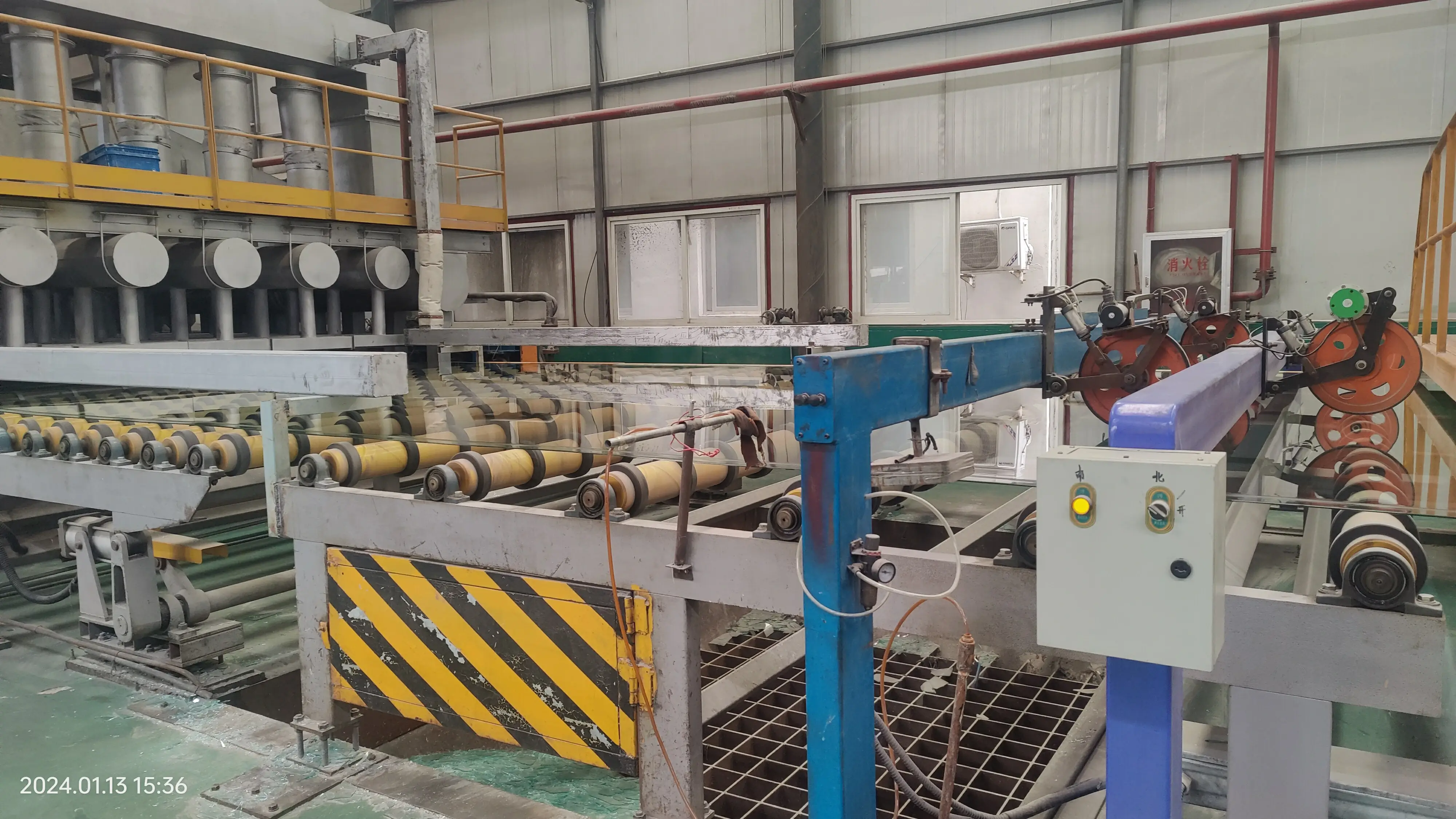

The Versatility and Benefits of Green Tempered Glass
In the contemporary design landscape, materials play a crucial role in shaping aesthetics, functionality, and sustainability. Among the materials gaining traction is green tempered glass, which has become a popular choice for both residential and commercial applications. With its unique combination of durability and visual appeal, green tempered glass embodies a modern solution that meets the needs of various industries while contributing to environmental conservation.
Understanding Green Tempered Glass
Green tempered glass is essentially float glass that has been heat-treated to enhance its strength and thermal resistance. The green color typically originates from the iron content present in the glass-making process. This subtle hue not only contributes to its aesthetic appeal but also helps in reducing glare from sunlight, thereby providing a comfortable environment in spaces where it is installed.
The tempering process involves heating the glass to elevated temperatures, then rapidly cooling it. This technique alters the internal structure of the glass, making it approximately five to six times stronger than standard glass. Its improved strength ensures that it can withstand impact and thermal stress, making it ideal for environments where safety and durability are paramount.
Applications of Green Tempered Glass
Green tempered glass finds its utility in a variety of settings. In architecture and construction, it is often used for window panels, curtain walls, facades, and skylights. Its natural color integrates well with numerous design styles, from modern urban buildings to more traditional structures. Furthermore, its ability to block harmful UV rays while allowing natural light to filter through makes it an energy-efficient choice for building exteriors.

In addition to commercial buildings, green tempered glass has also made a significant impact in the residential sector
. Homeowners are increasingly choosing this material for glass doors, shower enclosures, and partitions, reflecting a desire for open, airy spaces that maintain a connection to nature. The durability of green tempered glass also means that it requires less frequent replacement, adding to its cost-effectiveness over time.Additionally, green tempered glass is gaining popularity in interior design. It can be used in furniture pieces, decorative partitions, and even as a splashback in kitchens. Its aesthetic appeal, combined with its robustness, makes it an excellent choice for settings where both style and function are important.
Environmental Benefits
The growing emphasis on sustainable materials in construction makes green tempered glass an attractive option. As a recyclable material, it contributes to a circular economy. When glass is recycled, it reduces the need for raw materials, energy consumption, and greenhouse gas emissions associated with production. Moreover, buildings utilizing green tempered glass can achieve greater energy efficiency, as it helps in regulating internal temperatures and reducing reliance on heating and cooling systems.
Conclusion
Green tempered glass is more than just an aesthetic choice; it is a representation of modern design that values strength, safety, and sustainability. Its versatility across various applications—ranging from architectural use to interior design—highlights its role in building enduring structures that harmonize with the environment. As the construction and design industries continue to evolve, embracing materials like green tempered glass will be essential for creating spaces that are not only functional and beautiful but also environmentally responsible. By choosing green tempered glass, architects and homeowners alike can contribute to a more sustainable future while enjoying the myriad benefits this exceptional material has to offer.